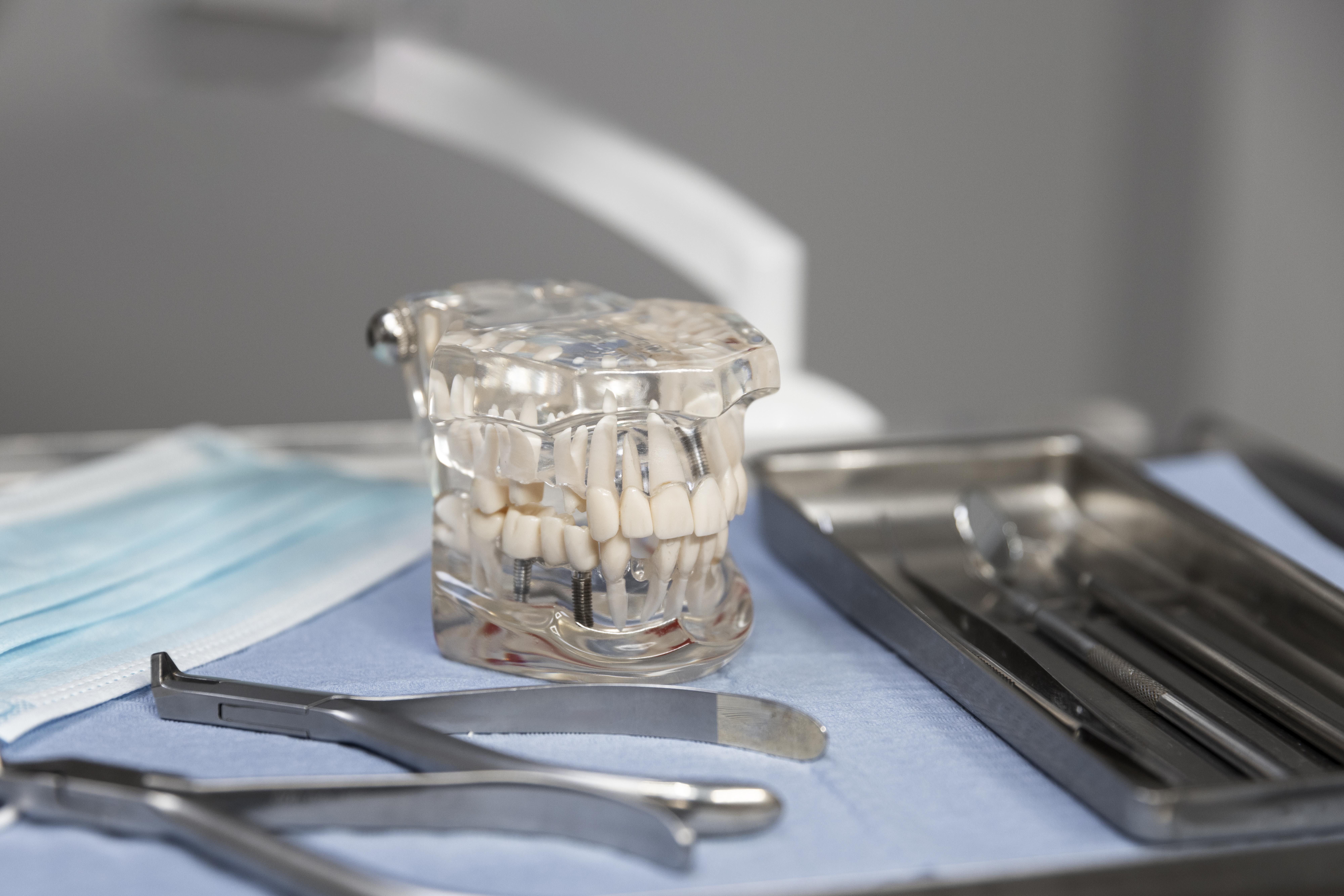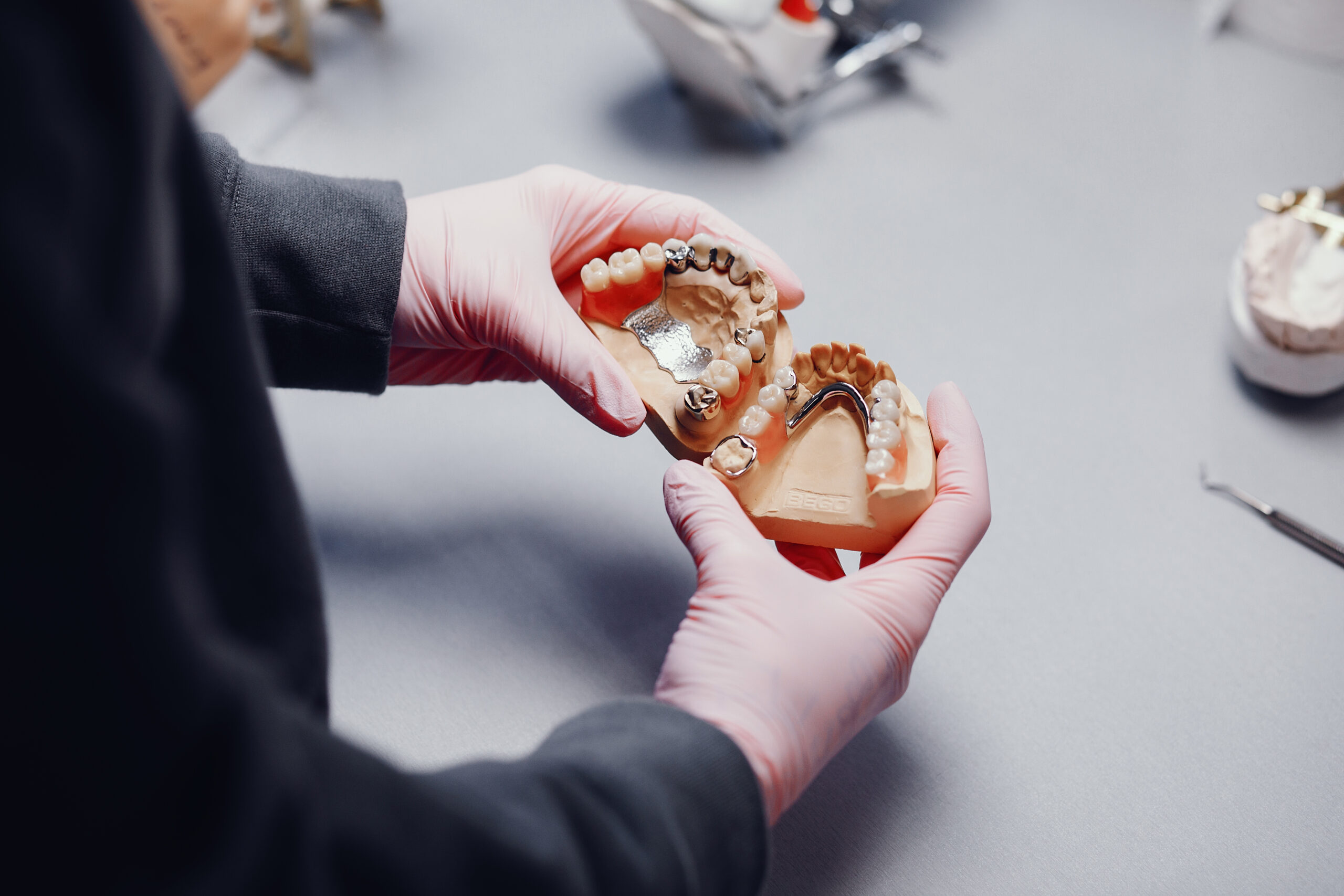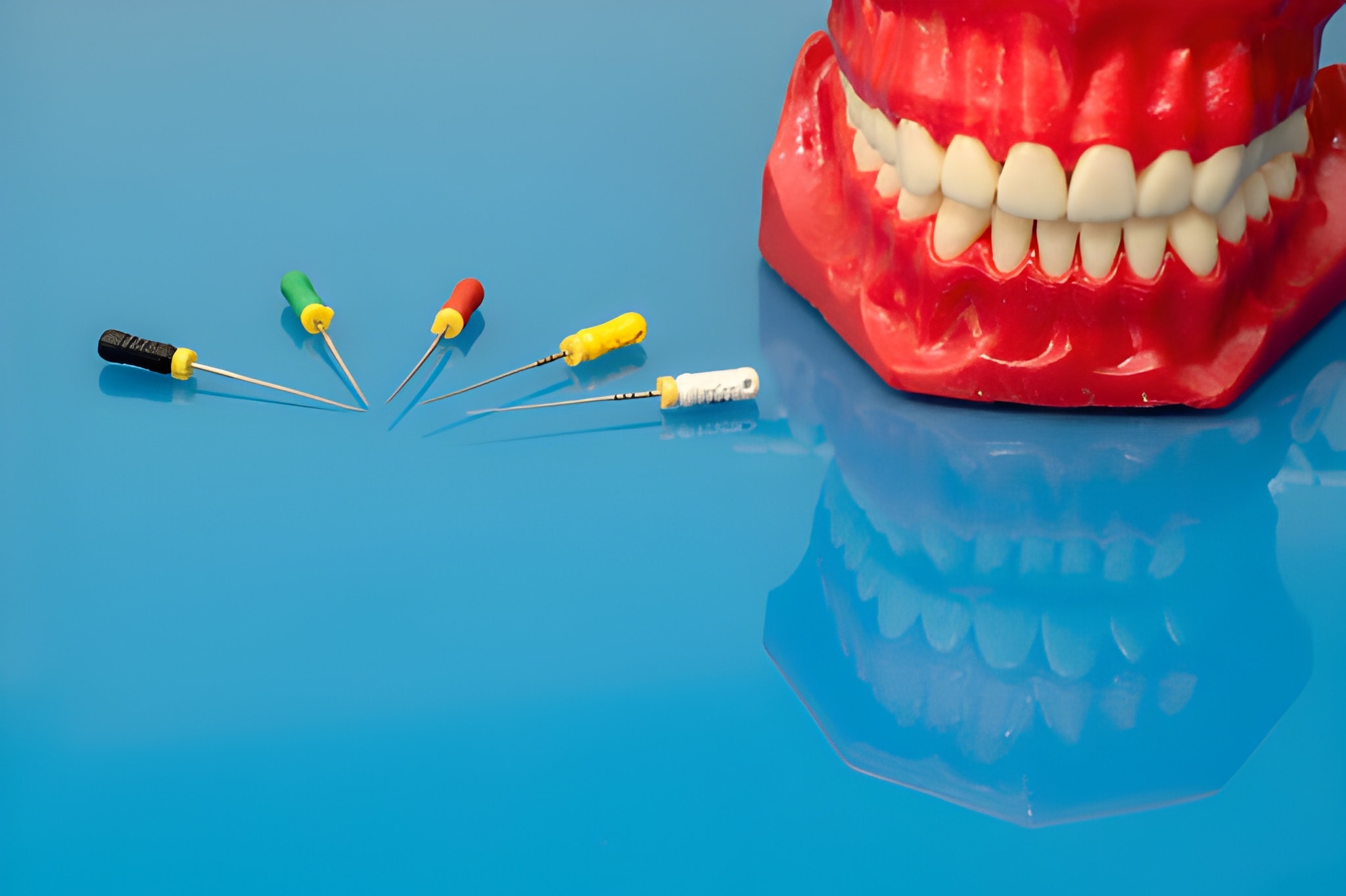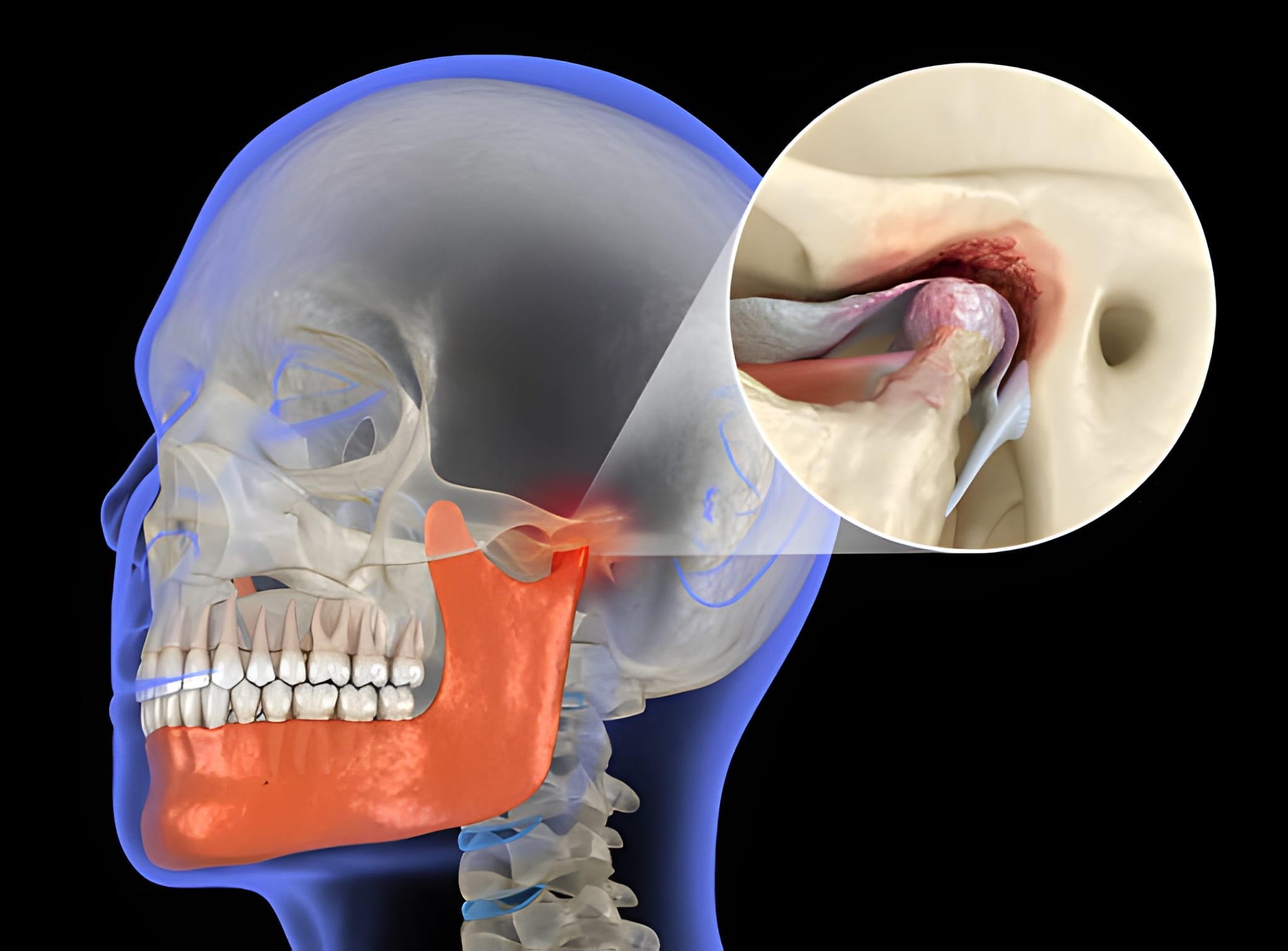Home Advanced Gum Disease: Symptoms, Risks, and Treatment Options
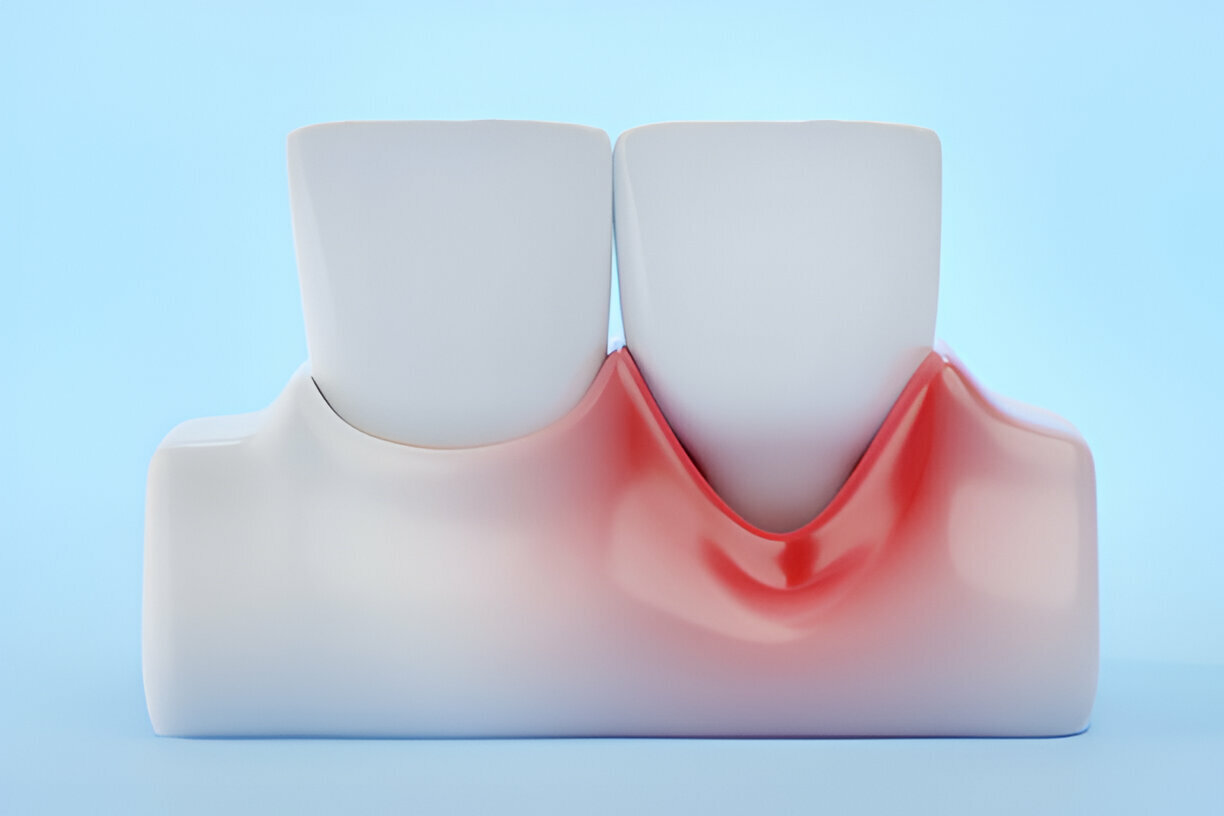
Your gum is the most commonly neglected part of your oral hygiene.
But is it worth the risk?
Most individuals (about 9% of people in the US) only learn about the importance of gum health when it deteriorates. Periodontal or gum disease significantly threatens the jawbone, teeth, and underlying structure.
Without adequate treatment, gum disease can destroy the bone that supports teeth and cause them to loosen quickly.
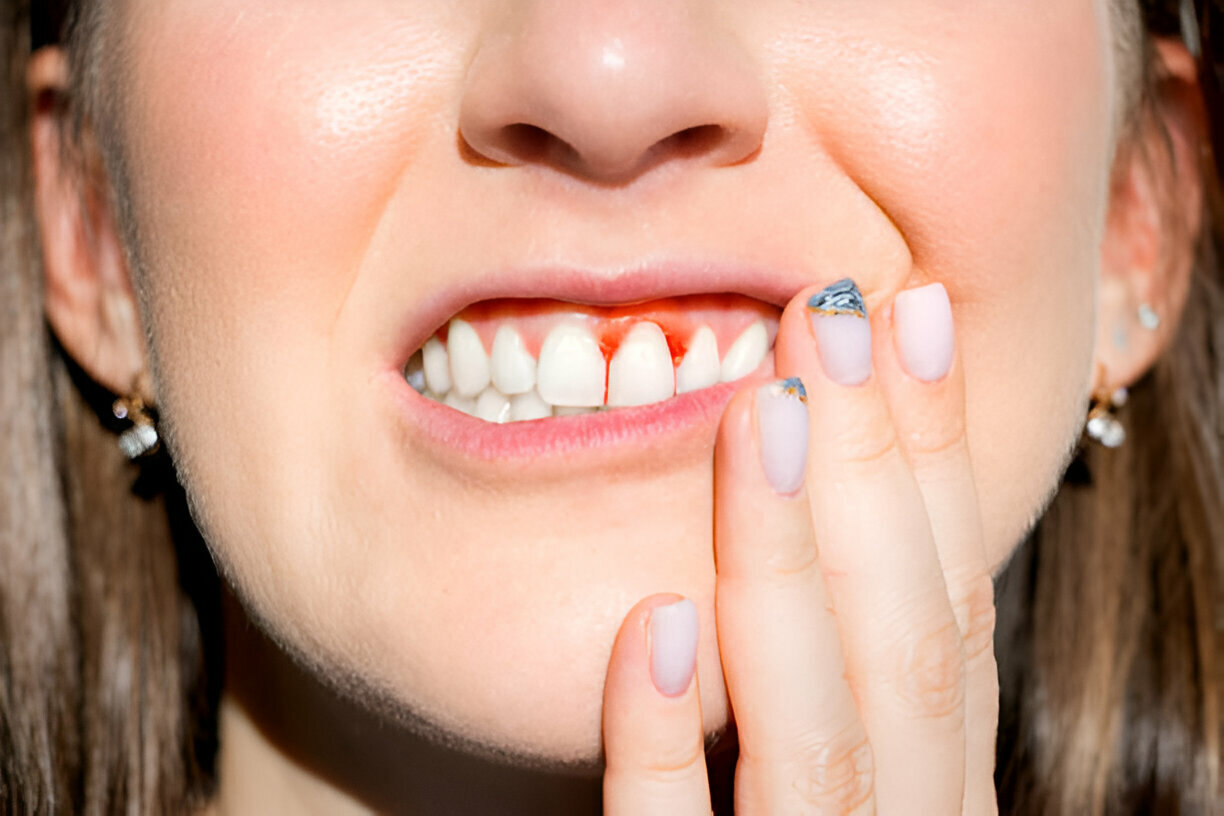
However, the good news is that it can usually be prevented. When noticed at an early stage, you can navigate your way through advanced gum disease. Let’s learn more about it via topics like:
Continue reading as we understand more about gum disease treatment, symptoms, and more.
Periodontitis is a dangerous stage of gum disease. A bacterial infection causes inflammation in the soft tissues surrounding your teeth. When left untreated, periodontitis can be a major problem for your bone. It erodes the jaw, supports your teeth, and causes movement and tooth loss.
More than 47% of individuals over the age of 30 in the United States suffer from periodontitis. That figure rises to nearly 70% for those aged 65 and older.
Periodontitis is rare among people under the age of 30. However, its likelihood increases as you age. Nonetheless, it can affect people with poor dental hygiene, such as those who do not regularly clean and floss their teeth.
Some people are more genetically predisposed to periodontitis than others. If your biological parents or grandparents had a history of gum disease, you are more likely to get it, too.
Individuals affected by periodontal disease may experience a variety of symptoms and signs based on the level of their severity. Let’s learn more about them in this section.
The most frequent symptom of gum disease is bleeding gums, which typically signal a buildup of germs in plaque and pockets beneath the gum line, producing inflammation.
Other symptoms of gum disease include gum soreness and redness, a poor taste in the mouth, dry mouth, and tooth loss over time. Gum disease can cause bone and gum tissue loss around the teeth in adults, resulting in pockets too deep for regular dental cleanings.
It is critical to monitor any changes in your mouth and see your dentist if you have any concerns. Regular check-ups and expert cleanings can help prevent and identify gum disease in its early stages.
Periodontal disease develops and worsens with time. Gum disease occurs in four phases, which include:
Periodontitis can affect both oral and general health. Research demonstrates a significant correlation between dental health and overall wellness. Patients with periodontitis are more likely to develop dementia, heart disease, stroke, and other major health problems.
Healthy adults often have hundreds of different microorganisms in their mouths. The majority of them are entirely harmless. When you don’t brush your teeth properly every day, bacteria grows and accumulates on them.
Periodontitis is usually caused by poor oral hygiene.
The consequences of not brushing your teeth and cleaning hard-to-reach regions in your mouth are as follows:

The bacteria in your mouth proliferate and produce a material called dental plaque. If you do not brush away the plaque, germs will cause minerals to accumulate on it over time.
This mineral layer, known as tartar, promotes bacterial development near the tooth’s root. Your body’s immunological response to this bacterial growth causes inflammation in your gums.
A periodontal pocket, or gap, may occur between the gum and the tooth root due to disruptions in the gum’s attachment to the root over time. When harmful anaerobic bacteria proliferate in the pocket, they can produce toxins that harm the teeth, gums, and supporting bone structures.
During a professional cleaning, your dentist will polish your teeth, provide fluoride treatment, and remove tartar and plaque from the roots of your teeth. To promote recovery, any developed periodontal pockets must be thoroughly cleaned. Scaling and root planing, a thorough cleaning technique, will assist in removing tartar and any rough areas on the tooth root where germs tend to collect.
When cleanings don’t seem to help persistent gum infections, your dentist may occasionally recommend antibiotics. Antibiotics work great for gum disease treatment and come in different forms, namely a gel, mouthwash, pill, or capsule for oral use.
Your dentist will want to check in with you after a few weeks and review your progress every three to six months. If periodontal pockets persist, they may offer other treatments, such as surgery.
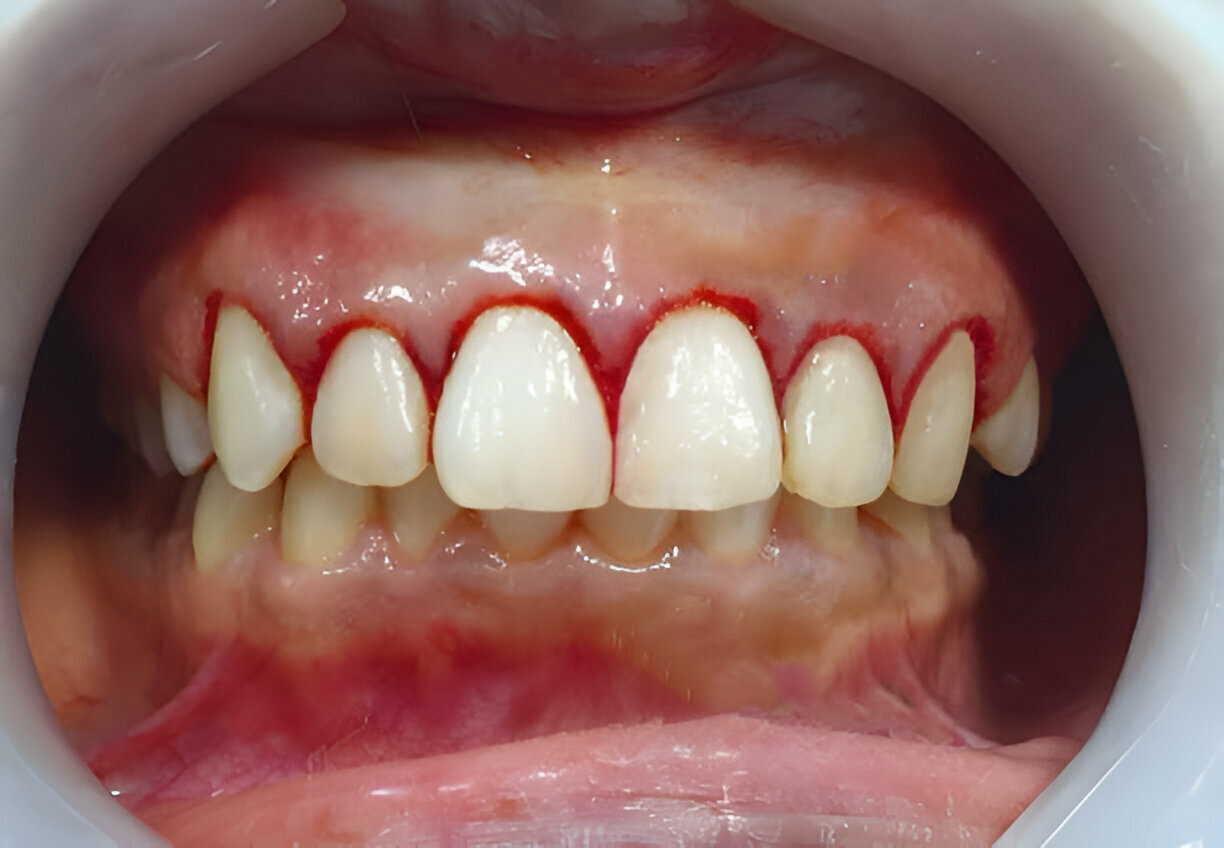
If irritation develops in areas inaccessible to flossing or brushing, your dentist may offer flap surgery to remove deposits behind your gums. Your gums are removed under an anesthetic, and the roots of your teeth are cleaned thoroughly. The gums are subsequently sutured (sewn) back in place.
If you have experienced bone loss, bone grafting may be performed concurrently with flap surgery to rebuild the missing bone.
Your dental care team will teach you how to limit the amount of germs in your mouth, which includes keeping your teeth and gums clean. Your dentist will also teach you how to use toothbrushes and dental floss correctly, and they may prescribe other oral hygiene items like a water pick or mouthwash.
Here are a few ways to keep your teeth healthy:
